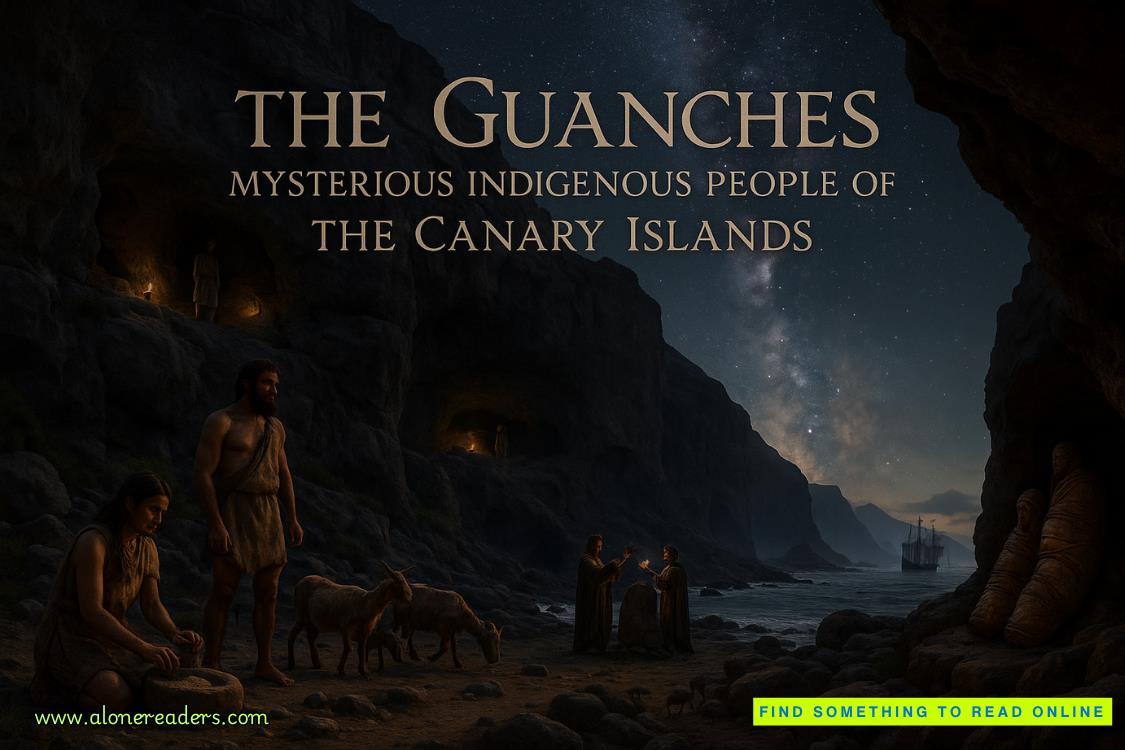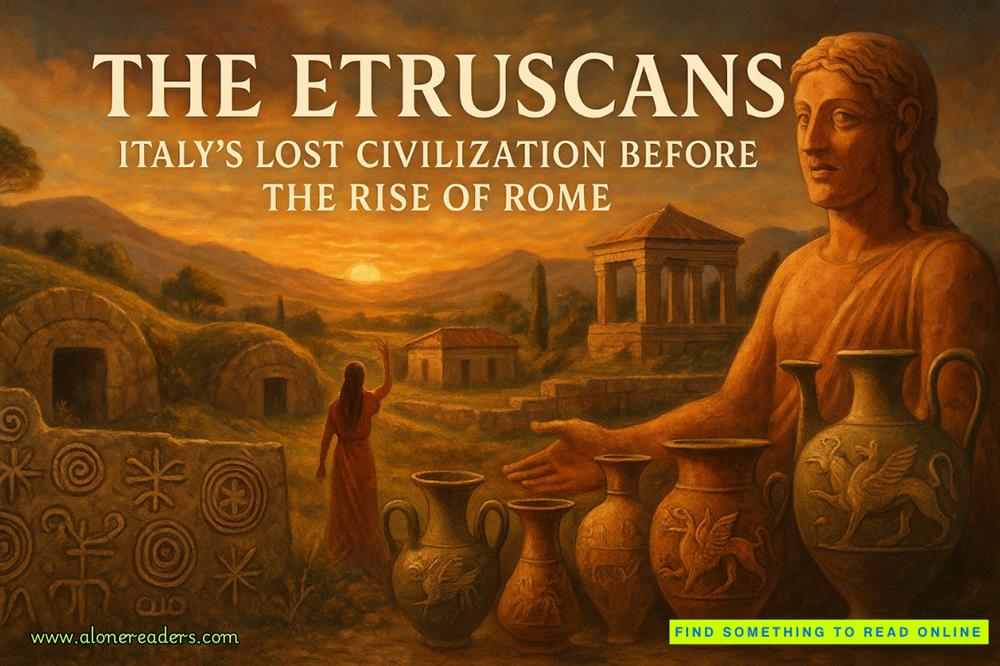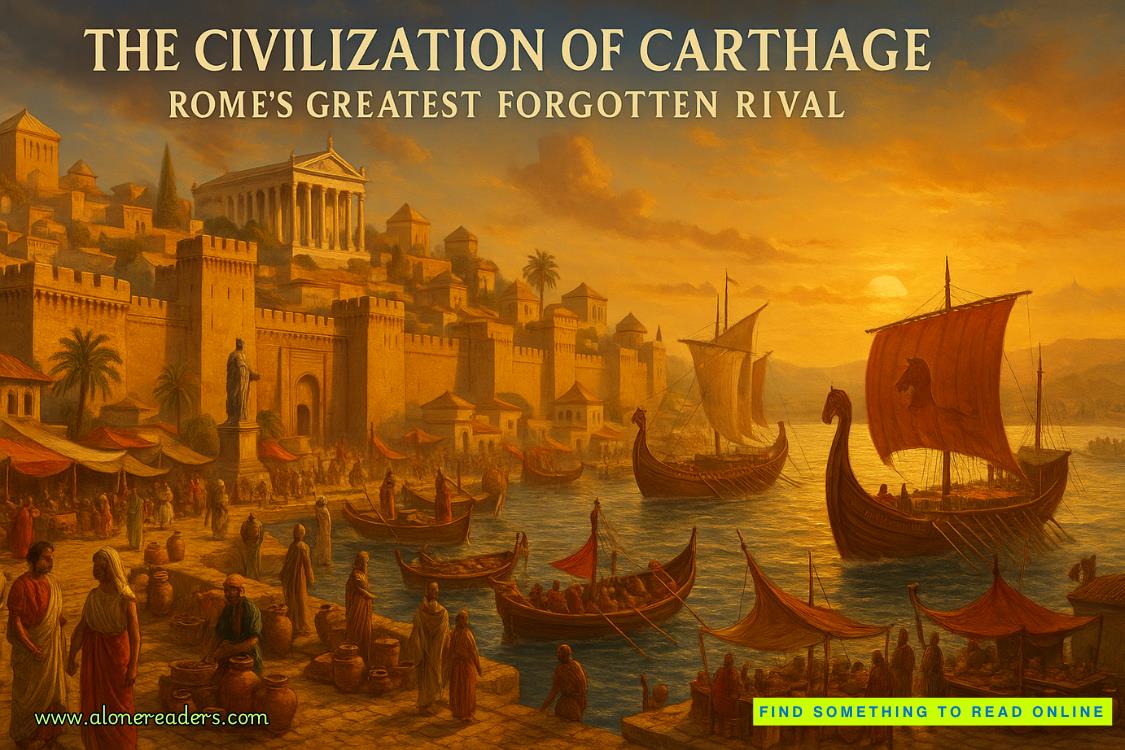Page 89 of Roberto
“The tram line to the Peak.”
“The peak?”
“It’s actually named ‘Victoria’s Peak,’ back from when Britain ruled Hong Kong – but nobody calls it that anymore. It’s just ‘the Peak.’ I think you’ll like the view.”
Before long, a rail car started coming up the incline. It stopped beside the station and we climbed aboard.
The tram was filled with rows of simple benches made of polished wooden slats. The windows and huge glass skylights on top of the tram let in ample sunlight.
Mei-ling paid for two tickets, and we took a seat amongst dozens of fellow riders.
The tram started up again through a thick forest. I gazed outside the window, amazed that a place so wild and unspoiled could exist only minutes from one of the biggest cities on Earth.
A few minutes later, Mei-ling pushed a button beside our seat.
Ding!
“What are you doing?” I asked.
“I want you to see Barker Road Station.”
Sixty seconds later, the tram stopped. We exited – and stepped back in time to the 19thCentury.
A whitewashed wooden structure of arched doorways and wooden railings looked out over the treetops. We had the station all to ourselves; besides us, the place was deserted.
After I’d had my fill of the view, I took Mei-ling in my arms and kissed her.
We made out for at least five minutes until the next tram came crawling up the hill, at which point she playfully batted me away. “Time-honored Italian system! Time-honored Italian system!”
We boarded the tram and rode the rest of the way up to the top, where an odd-looking building greeted us: a gigantic steel semi-circle perched atop a smaller glass rectangle.
“That’s Peak Tower,” Mei-ling informed me. “Lots of shops inside. The shape at the top is supposed to look like a wok.”
We went inside Peak Tower and rode escalators past various shops and restaurants. Finally we reached Sky Terrace 428, a walkway around the top of the ‘wok’ that offered breathtaking views of Hong Kong and the harbor.
Once that was done, we descended to ground level and made our way to a building along a nearby street. The ragged stone exterior and red roof looked like a kitschy version of a Bavarian mountain inn, but looks were deceiving. Inside was a beautiful restaurant with high sloped ceilings, dark wooden tables and chairs, and a magnificent patio nestled amongst the trees.
Mei-ling slipped a banknote to the hostess, and she made sure we got a marble-topped table right next to the railing with a magical view of the harbor.
“Everything on the menu is quite good,” Mei-ling told me. “Not as good as the restaurant you took me to, obviously, but it’s one of the better touristy places in Hong Kong. I particularly recommend the seafood.”
“You order, then. I trust you.”
She spoke to a waitress in Chinese. Moments later we were sipping glasses of champagne as we waited for our food.
“What are you speaking – Cantonese or Mandarin?” I asked.
“Cantonese. Something like 90% of Hong Kong speaks it. Mandarin is tiny by comparison, maybe 5%.”
We chatted until the food came:
A two-tiered tower of seafood, with chilled lobster on the top bed of ice, and oysters and shrimp on the bottom…
And a bowl of spaghetti with half a lobster on top.
“What’s this?” I asked as I pointed at the pasta.
“Boston lobster spaghetti.”















